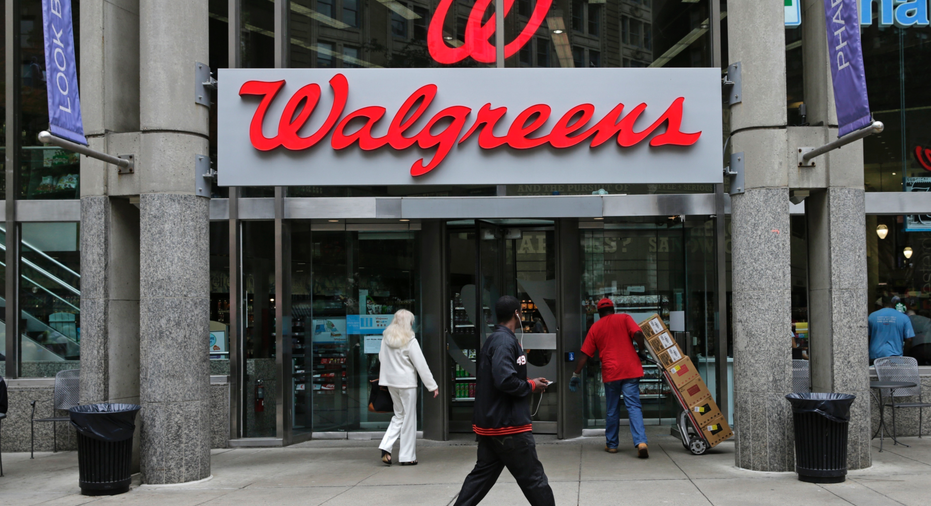Walgreens lowers 2019 expectations after 2Q forecast miss

Walgreens slashed its 2019 forecast and missed second-quarter expectations with a performance that sent its shares plunging Tuesday and helped knock down the Dow Jones Industrial Average.
Company leaders told analysts that challenges they had been expecting like reimbursement cuts and lower price increases for branded drugs hit Walgreens much sooner than they anticipated.
"This has been a very disappointing quarter for us," Executive Vice Chairman and CEO Stefano Pessina said after noting in a statement that it was the company's most challenging quarter since it formed more than four years ago.
The nation's largest drugstore chain said it now expects adjusted earnings per share to be roughly flat this year after confirming as recently as late December a forecast for growth of 7% to 12%.
Drugstores are facing stress from several angles.
There is growing pressure to cut prescription drug costs, and payers like insurers and pharmacy benefit managers are trimming their reimbursement. Generic drugs aren't as profitable as they used to be. Stores also are changing what they sell in the retail areas outside their pharmacies to keep customers coming in the door instead of shopping online at sites like Amazon.com.
Plus Walgreens Chief Financial Officer James Kehoe said in late February that his company has been "quite damaged" by rival CVS Health Corp.'s acquisition of Aetna, one of the nation's largest insurers. He noted that Aetna transferred significant business to CVS pharmacies.
Walgreens runs more than 18,500 stores in 11 countries after the Deerfield, Illinois-based drugstore chain combined at the end of 2014 with European health and beauty retailer Alliance Boots.
The company's poor quarterly results were somewhat expected, Edward Jones analyst John Boylan said. But the magnitude of its 2019 forecast cut surprised him.
"While we are disappointed by these negative developments in the drugstore industry as a whole, we also believe that these developments may accelerate industry consolidation because there are many small competitors that likely are feeling the same pressures," he said in an email.
Walgreens said in December that it had started a cost-management program that aims to achieve at least $1 billion in annual savings in a few years. On Tuesday, the company raised that target to $1.5 billion by 2022.
The company also has recruited some new executives and is focusing on selling more profitable health, beauty and wellness products in its stores and working on partnerships with companies like the grocer Kroger Co. to improve its food offerings.
Pessina told analysts he expects that the moves Walgreens has made will lead to improved results in 2020.
In the second quarter, Walgreens' net income sank 14% to $1.16 billion, while revenue climbed to $34.53 billion, thanks in part to some stores it acquired from Rite Aid Corp.
Adjusted earnings per share slipped to $1.64 in the second quarter.
Analysts were expecting earnings of $1.72 per share on about $34.58 billion in revenue.
Shares of Walgreens Boots Alliance Inc. tumbled nearly 13% to close at $55.36, a multiyear low, while the Dow edged down less than 1%.
The drugstore chain was added to the Dow Jones Industrial Average last June, replacing General Electric in the 30-company blue chip index.
___
Follow Tom Murphy on Twitter: @thpmurphy



















